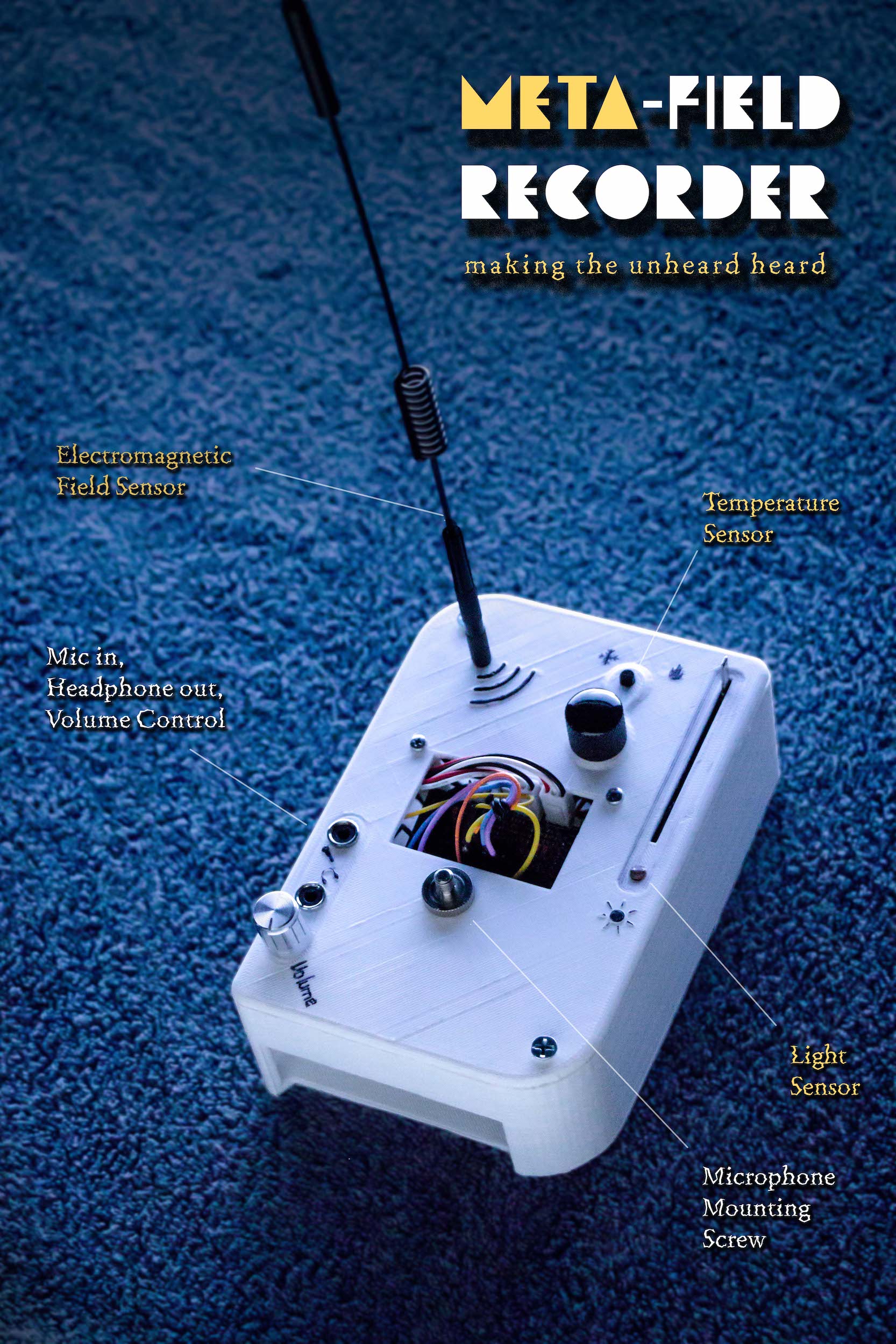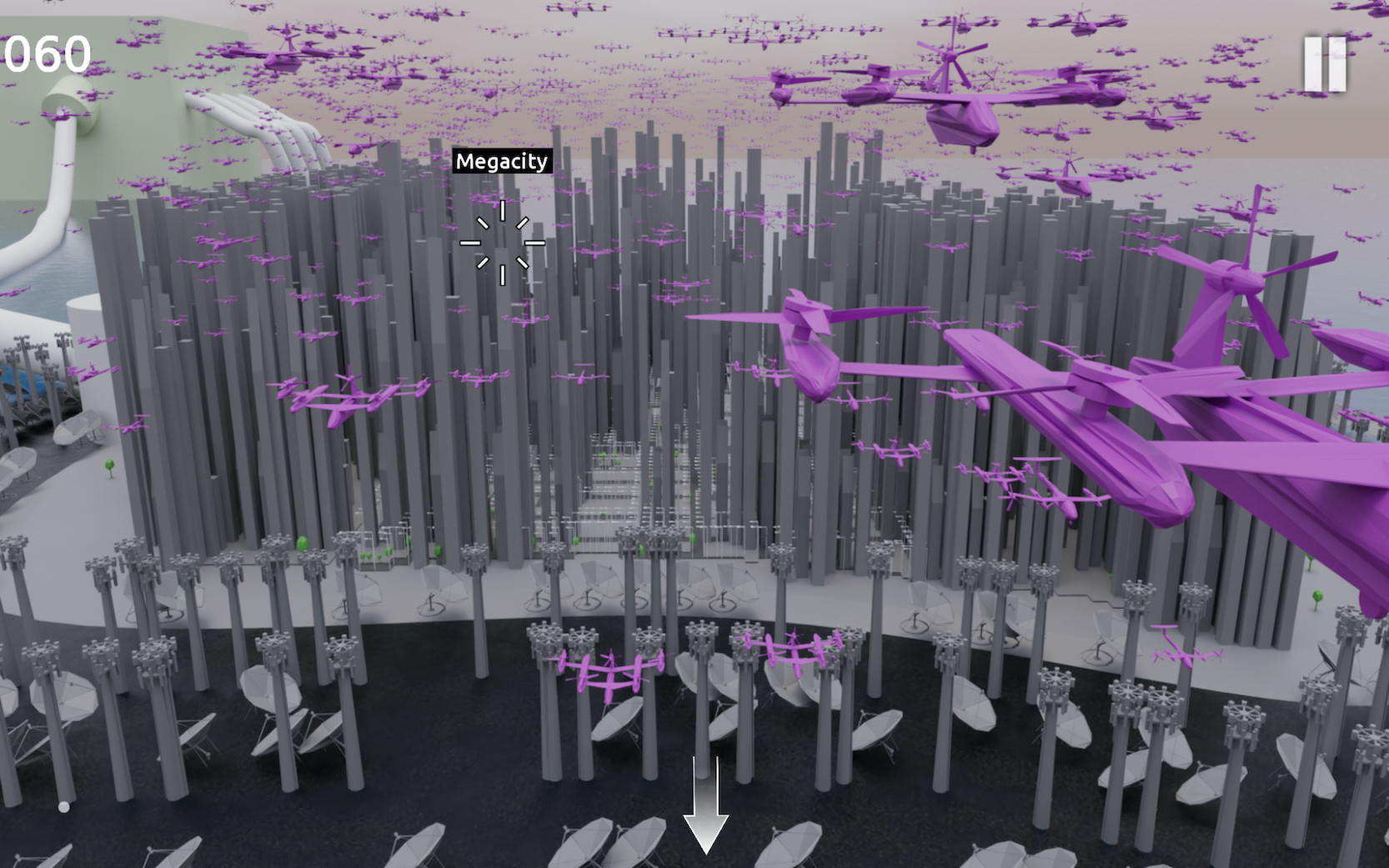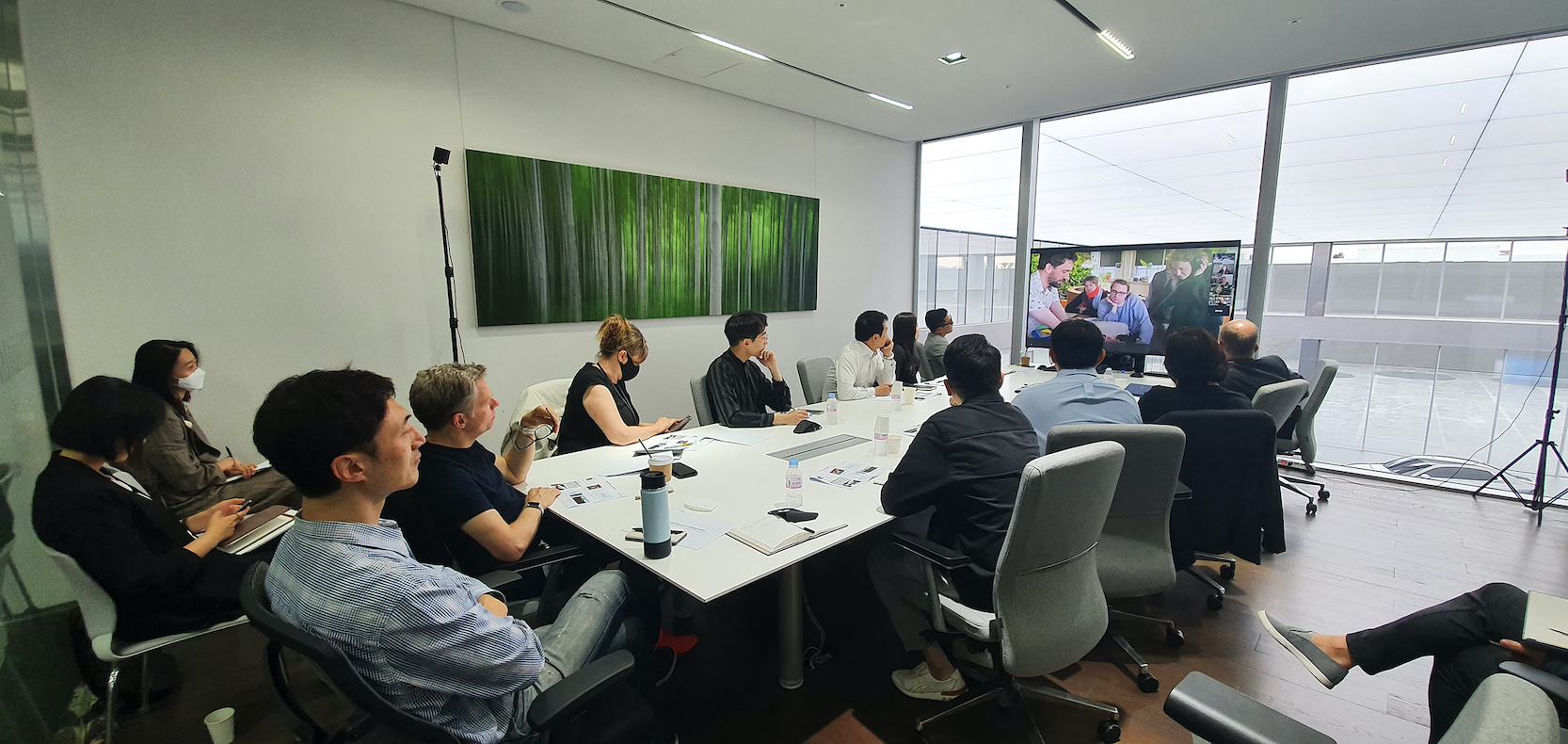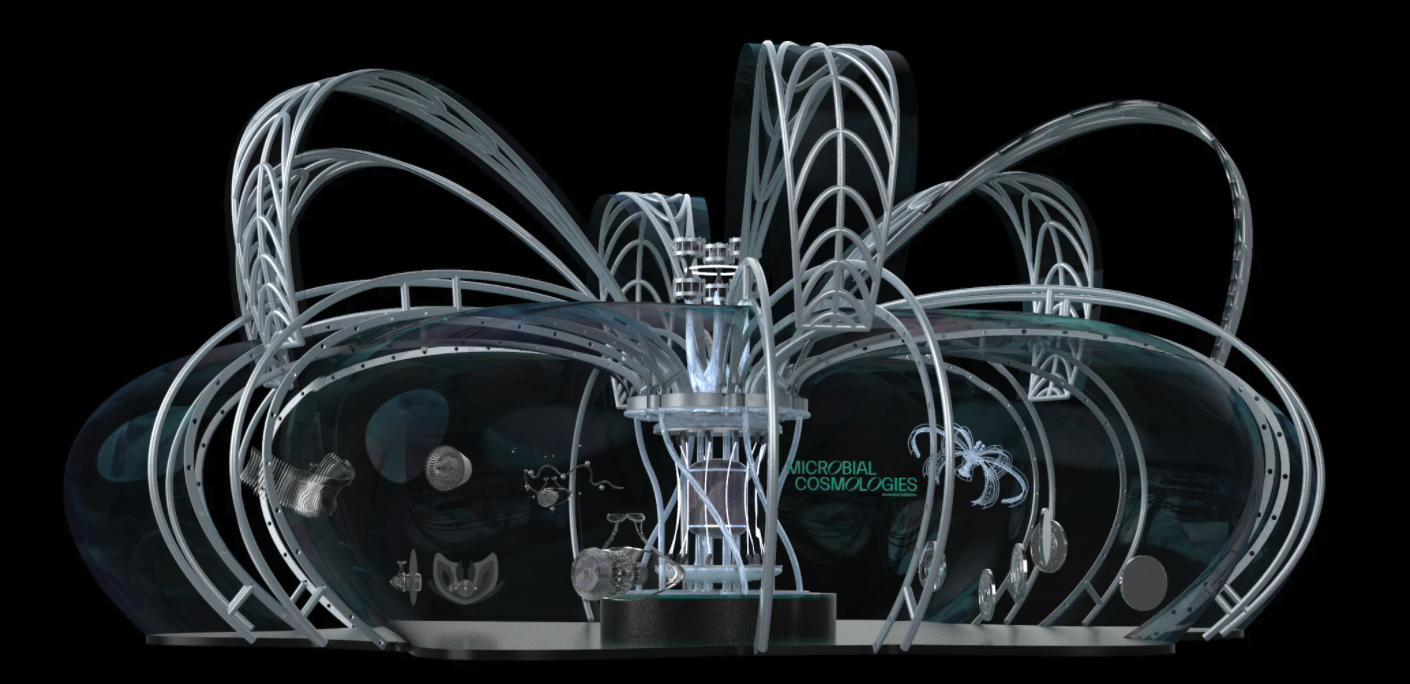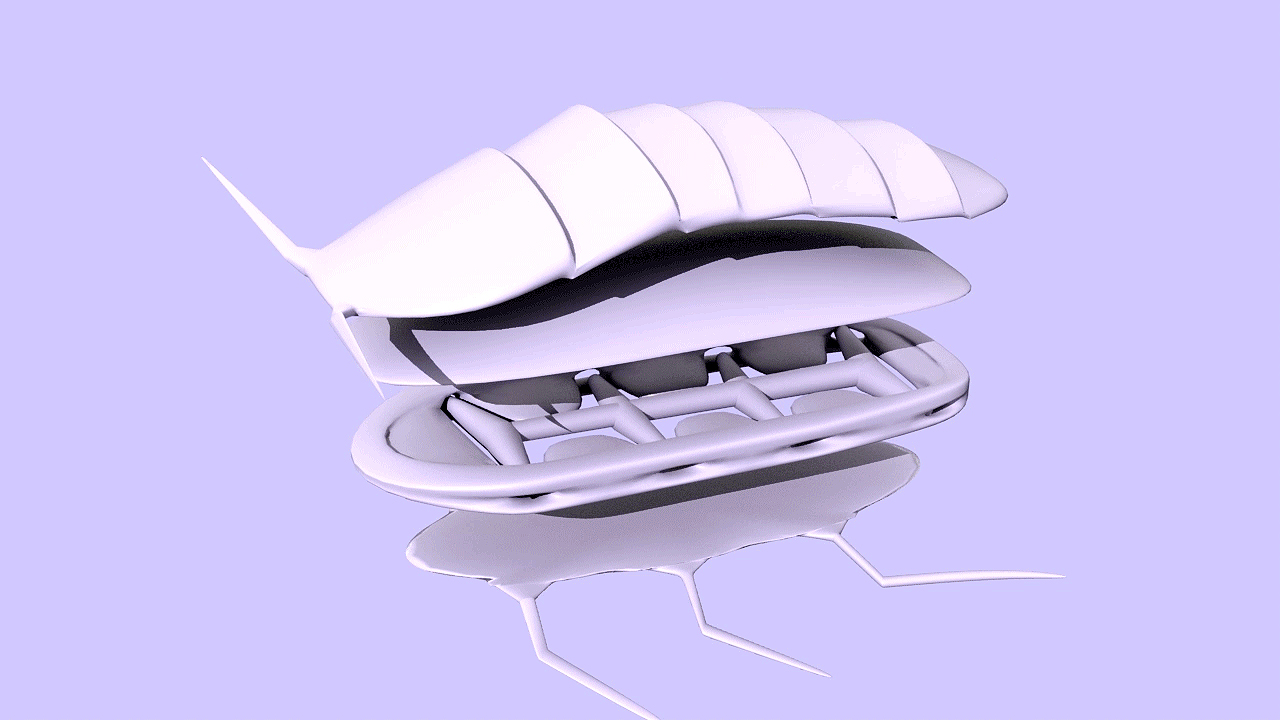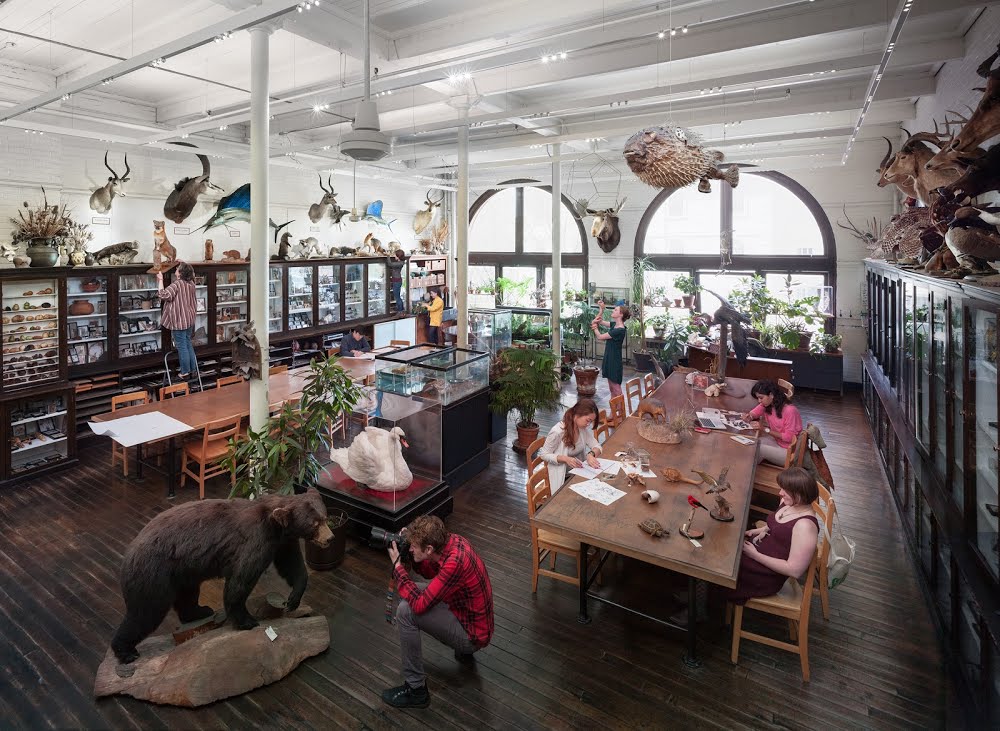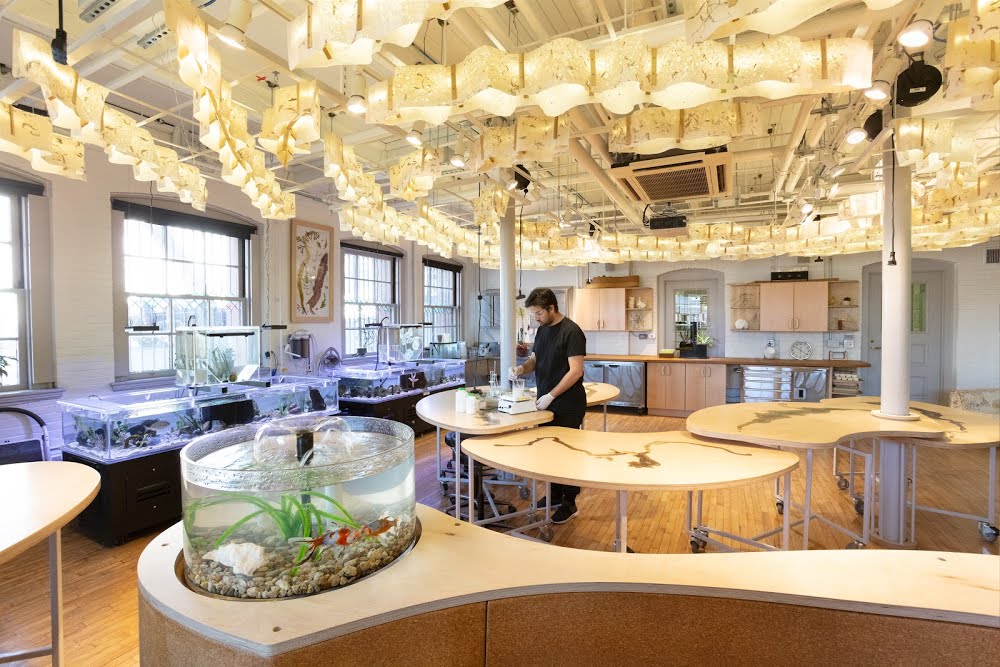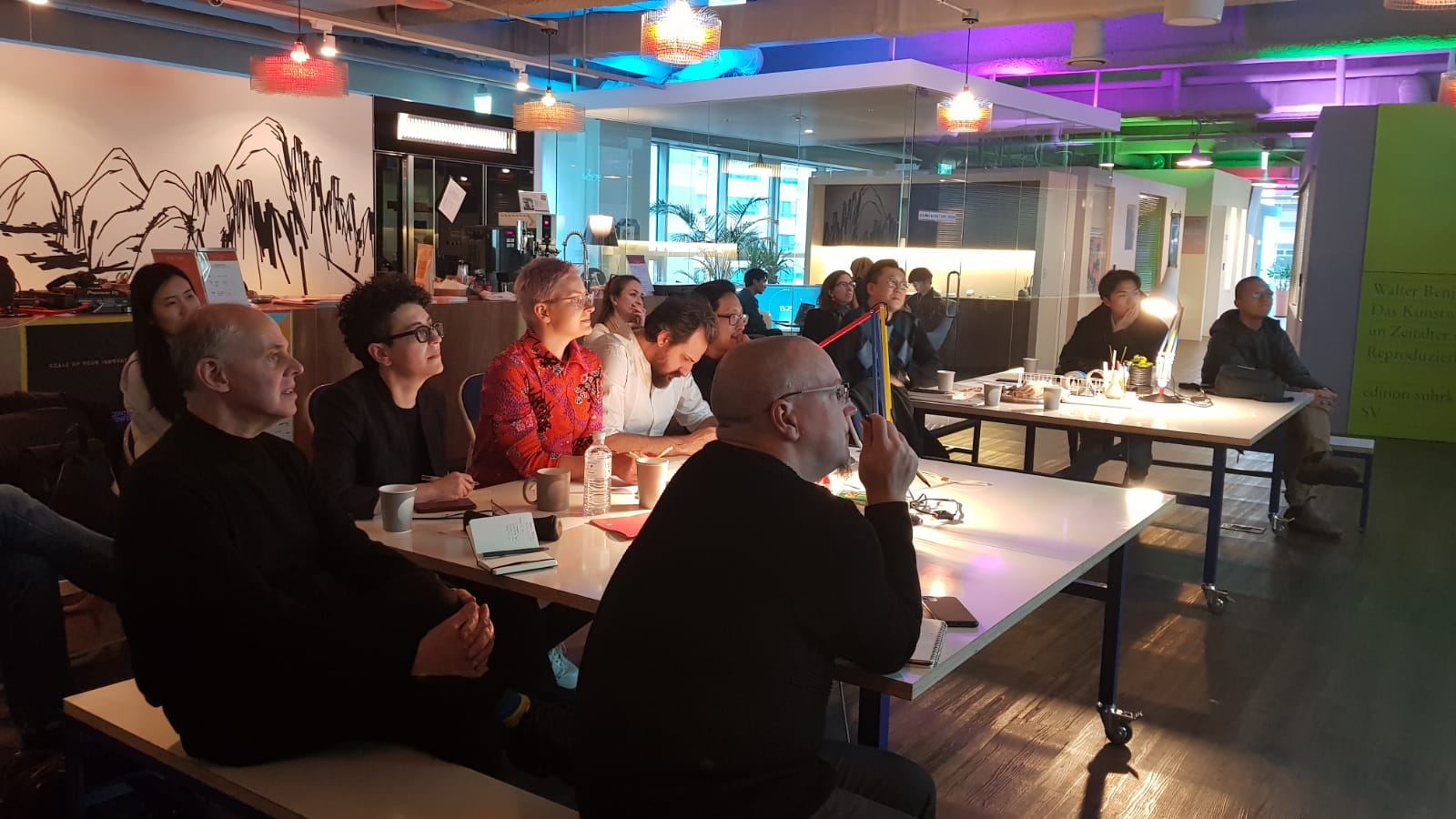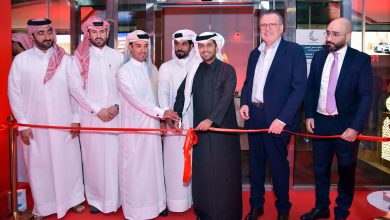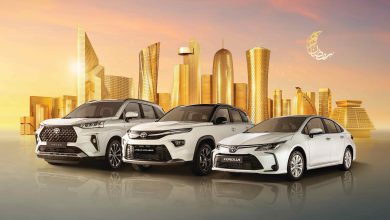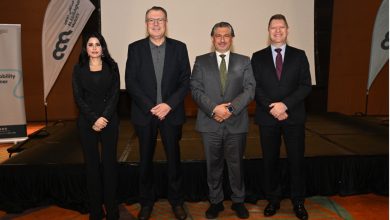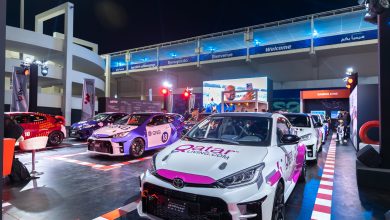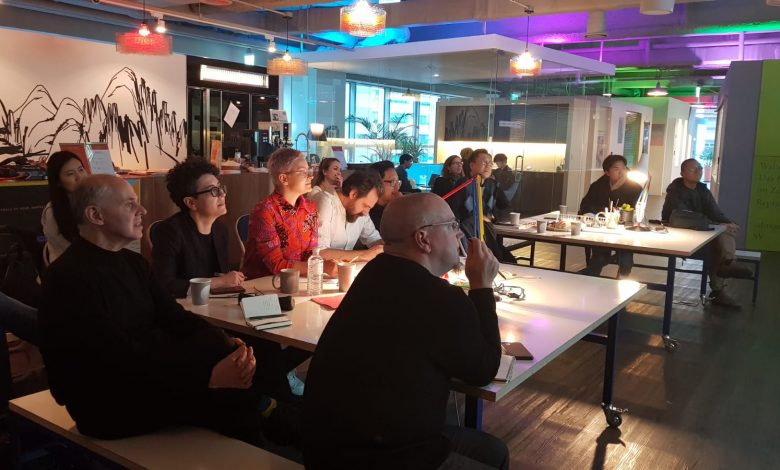
Hyundai Motor Group and Rhode Island School of Design Announce Collaboration to Study Future Mobility Innovations Inspired by Nature
هيونداي موتور تتعاون مع مدرسة رود آيلاند الأمريكية للتصميم لدراسة تقديم تصاميم مستقبلية لوسائل ومنصات التنقل مستوحاة من الطبيعة
- The joint study expands on Hyundai’s smart mobility vision announced at CES 2020
- Four distinctive study areas – graphic, industrial, sound, and textile research around future mobility – were explored by RISD students, faculty and Hyundai researchers
- Hyundai and RISD to explore forming longer-term partnership beyond this initial research
Doha / PROVIDENCE, RI, June 30, 2020 – Hyundai Motor Group and Rhode Island School of Design (RISD) announced a research collaboration to examine relationships among natural and built environments in order to propose new directions for the future of mobility.
The study expands on the smart mobility vision announced by Hyundai Motor Group at CES 2020. Hyundai’s vision, which aims to help vitalize human-centered future cities, focuses on three mobility solutions: Urban Air Mobility (UAM), Purpose Built Vehicle (PBV) and Hub. The joint research with RISD will help infuse these solutions with insights from RISD’s pioneering faculty and students. Through RISD’s Research & Strategic Partnerships program, the partnership with Hyundai elevates expertise of faculty with the experimental creativity of students to conceive our future realities.
For the research, Hyundai established a task force, including four designers from the Design Innovation Group. In turn, RISD developed a new collaborative research platform created solely for Hyundai. Four faculty members at the world-renowned design school leveraged their expertise to explore study areas supported by 16 students. Hyundai and RISD kept the participant size small, allowing for close collaboration, resulting in a distinctive study on the future of mobility.
Based on this vision, the study examined four distinctive areas of future mobility, including graphic design, industrial design, sound design, and textile design.
- Graphic Design – Posthuman Mobility: From Molecule to Machine
Faculty lead: Anastasiia Raina, Graphic Design
Responding to the evolving pandemic, this group explored the future of mobility in a microbe centric world by addressing the relationship between humans and microbes and our need to respond and adapt with agility to the new world around us. The research team developed models for collaboration with nature as an alternative to models inspired by nature. They focused on interspecies collaboration, cyborg nature, and designed nature, such as future mobility hubs and human identification methods utilizing augmented reality, virtual reality and machine-learning technologies.
- Industrial Design – From Anthropocene to Aerocene through Biocene
Faculty lead: Paolo Cardini, Industrial Design
In response to the increasing need for sustainable options, this research group explored alternative trajectories for the future of mobility guided by artistic, scientific, and philosophical provocations. In particular, this group utilized negative speculative narratives to explore the topic of future cities and environment in the era of UAM. Scenarios such as privacy intrusion and bird strikes were considered.
- Sound Design for Mobility
Faculty lead: Shawn Greenlee, Experimental & Foundation Studies
Drawing from the fields of bioacoustics and soundscape ecology, and experimentation in RISD’s Spatial Audio Studio, this group worked toward developing novel auditory displays and sonic experiences with embeddable computing platforms and procedural audio techniques under a common theme of “Making the Un-heard Heard” in response to the current COVID-19 environment. For example, the group studied alternative “noise” for soundless electric vehicles.
- Textile Design for Mobility
Faculty lead: Anna Gitelson-Kahn, Textiles
This research group drew from the fields of bionics and biomimicry in developing innovative textile solutions through speculative approaches and solutions gathered from a case study of the cockroach. The structure of cockroach provided insights into the safety of future mobility. Hyundai plans to further incorporate biomimicry methods into its study.
The partnership kicked off with a workshop at RISD’s Edna W. Lawrence Nature Lab in February 2020, with students and faculty who came together with a shared understanding that the real-world mobility challenges Hyundai faces present unique opportunities at the same time. Students were selected through a highly competitive pool of 108 applicants across 10 departments at RISD: Architecture, Digital + Media, Film/Animation/Video, Graphic Design, Industrial Design, Jewelry + Metalsmithing, Liberal Arts, Painting, Printmaking and Textiles.
The collaborative study moved forward despite the COVID-19 pandemic, thanks to Hyundai’s unwavering commitment to explore the future and RISD’s technological resources that allow students and faculty members to collaborate in the virtual space.
Hyundai and RISD will continue their partnership starting with a six-week summer research program focusing on lightweight structures and hygiene, inspired by nature. The partners plan to deepen their collaboration and form a longer-term partnership with RISD’s Nature Lab providing a foundation for living systems research.
“Hyundai Motor Group’s work with RISD is providing deep insights that will help us advance innovations in technology and design, paving the way for next-generation mobility solutions,” said Youngcho Chi, Hyundai Motor Group’s President and Chief Innovation Officer . “Through the collaboration, we’ve discovered that we have a similar vision for the future, and we’re able to develop a common language and working methods that will provide a solid foundation for a more fruitful collaboration going forward.”
“The post-COVID-19 era will require us to come up with new ways of thinking for our mobility ecosystem to evolve,” said SangYup Lee, Senior Vice President and Head of Hyundai Global Design Center. “By conducting in-depth studies with RISD about how nature copes with change, we expect to gain fresh inspiration that can lead to the development of sustainable processes, next-generation technologies and innovative designs for the future of mobility.”
“Our broader institutional vision—as set forth in RISD’s strategic plan, NEXT: RISD 2020-27—commits to contributing to new knowledge through innovative curricula and increasing our overall research capacity to support interdisciplinary inquiry and exchange,” said RISD President Rosanne Somerson. “This first-of-its-kind research collaborative between RISD and Hyundai brings this commitment to life and supports the notion that, when we combine different bodies of knowledge together in the right environment, true innovation flourishes.”
Somerson added, “I am grateful that Hyundai provided this opportunity and has shown so much openness in embracing the role of artists and designers in contributing key insight to mobility research. The early outcomes of this unique partnership are impressive, and have activated new ideas about a just and climate-smart future.”
“RISD’s partnership with Hyundai opens an inspiring new chapter in the space of design, art and creation. Hyundai has a keen interest in the unknown—as does RISD— and we thank them very much for making this research possible,” notes RISD Provost Kent Kleinman. “The Edna W. Lawrence Nature Lab, one of RISD’s innovative centers for research and teaching, played a key role in almost all the students’ projects, demonstrating the blurring of boundaries between nature and artifice, and the profound lessons that natural systems offer to artists and designers. Here too, our partnership with Hyundai rests on common ground, on which we plan to build in the future.”
Hyundai Motor Group has been actively studying nature through various projects, including the recent Hyundai Nature Observation Project by Design Innovation Group.
To download high-resolution imagery of this project with caption info, please visit:
https://drive.google.com/drive/folders/1ritxVV-CNAtY14VGU7OcdEDWTlgcff-M
To view a short video about the research collaboration, please visit:
● عمل دراسة موسعة بالاشتراك مع مدرسة رود آيلاند للتصميم في الولايات المتحدة الأمريكية RISD حول رؤية التنقل الذكي لشركة هيونداي التي تم الإعلان عنها في معرض “سي إي إس 2020” الدولي.
● كشفت الدراسة التي اشترك فيها باحثون من هيونداي وطلاب ومدرسو RISD عن أربع مجالات دراسية مميزة لتطوير التنقل المستقبلي هي التصميم الجرافيكي والصناعي والصوتي والنسيجي.
● ينوي الجانبان من هذا التعاون التأسيس لشراكة طويلة الأجل تتجاوز هذه الدراسة الأولية.
الدوحة قطر ، 30 يونيو 2020: أعلنت مجموعة هيونداي موتور ومدرسة رود آيلاند للتصميم (RISD) اليوم عن تعاون بحثي بينهما لدراسة العلاقات بين البيئات الطبيعية والتخطيط المدني والمعماري بغرض تقديم تصاميم واتجاهات جديدة لمستقبل التنقل مستوحاة من الطبيعة.
وتقوم الدراسة الموسعة على رؤية التنقل الذكية التي أعلنت عنها مجموعة هيونداي موتور في معرض “سي إي إس 2020” الدولي. حيث تتركز رؤية هيونداي، والتي تهدف للمساعدة في تنشيط المدن المستقبلية التي تركز على الإنسان، على ثلاثة حلول للتنقل تشمل “النقل الجوي الحضري” و”مركبات الاستخدام المحدد” ووحدة “هب” المركزية. وسيساعد البحث المشترك مع RISD تقديم هذه الحلول معززة برؤى أعضاء هيئة التدريس والطلاب الرائدين في RISD. ويتضمن برنامج البحث والشراكات الاستراتيجية مع RISD المزج بين خبرة أعضاء هيئة التدريس في المدرسة مع الإبداع التجريبي للطلاب لتصور حقائق المستقبل.
وأنشأت هيونداي فرقة عمل، لأغراض هذه الدراسة، تتضمن أربعة مصممين متخصصين في الابتكار من مجموعة Design Innovation Group، ومن جهتها طورت مدرسة RISD منصة بحثية تعاونية جديدة فقط لشركة هيونداي، ويقدم أربعة من أعضاء هيئة التدريس في مدرسة التصميم ذات الشهرة العالمية خبرتهم الكبيرة لاستكشاف مجالات الدراسة التي يشارك 16 طالبًا. وقد حافظ الجانبان على أن يكون حجم المشاركين في الدراسة صغيرًا، لتسهيل وتوثيق التعاون، بهدف تقديم دراسة مميزة حول مستقبل التنقل.
وتتعرض الدراسة لأربعة مجالات مميزة للتنقل في المستقبل، بما في ذلك التصميم الجرافيكي، والتصميم الصناعي، والتصميم الصوتي، وتصميم المنسوجات.
● التصميم الجرافيكي – التنقل ما بعد الإنسانية (Posthuman): من الجزيء إلى الآلة
الأستاذ المسؤول: أنستازيا رينا، التصميم الجرافيكي
تستكشف هذه المجموعة -واستجابةً للجائحة التي يعيشها العالم- مستقبل التنقل في عالم يواجه الميكروبات من خلال معالجة العلاقة بين البشر والميكروبات، وحاجتنا للاستجابة والتكيف الحركة الخفيفة للعالم الجديد من حولنا. وطور فريق البحث نماذج للتعاون مع الطبيعة كبديل للنماذج المستوحاة من الطبيعة. ركزوا على التعاون بين الأنواع، وطبيعة “سايبورغ”، والطبيعة المصممة، مثل محاور التنقل المستقبلية وأساليب تحديد الهوية البشرية باستخدام الواقع المعزز والافتراضي وتقنيات التعلم الآلي.
● التصميم الصناعي – الانتقال بين العصور من الأنثروبوسين(العصر البيولوجي البشري) إلى المستقبل وعصر ما بعد الحداثة
الأستاذ المسؤول: باولو كارديني، التصميم الصناعي
يستكشف هذا الفريق البحثي مسارات بديلة لمستقبل التنقل، استجابة للحاجة المتزايدة للخيارات المستدامة. ويسترشد بالتطورات الفنية والعلمية والفلسفية، وعلى وجه الخصوص؛ تستخدم هذه المجموعة روايات المضاربات الخيالية لاستكشاف موضوع المدن والبيئة المستقبلية في عصر UAM. بحيث تم بحث سيناريوهات من قبيل اختراق الخصوصية وهجمات الطيور.
● تصميم الصوت لأغراض التنقل
الأستاذ المسؤول: شون جرينلي، دراسات تجريبية وتأسيسية
تعتمد الدراسات في هذا المجال على النطاقات والصوتيات الحيوية وعلى بيئة الصوت، وكذلك على التجريب العملي في استوديو RISD’s Spatial Audio Studio التابع لمدرسة رود آيلاند. وعملت هذه المجموعة على تطوير عروض سمعية جديدة وخبرات صوتية مع منصات الاستماع القابلة للتضمين وتقنيات الصوت الإجرائية كل ذلك تحت موضوع مشترك هو “الاستماع إلى غير المسموع”، وذلك كاستجابة للوضع الحالي المرتبط بتفشي فيروس كوفيد-19، فعلى سبيل المثال؛ قامت المجموعة بدراسة “الـضوضاء” البديلة للمركبات الكهربائية الصامتة/عديمة الصوت.
● تصميم منسوجات مطورة للتنقل
الأستاذ المسؤول: آنا جيتيلسون كان، المنسوجات
استفادت هذه المجموعة البحثية من مجالات الإلكترونيات الحيوية والمحاكاة الحيوية في تطوير حلول النسيج المبتكرة من خلال المناهج والحلول الابتكارية التي تم التوصل إليها من دراسة حالة أجريت على الصراصير. حيث قدم هيكل الصرصور رؤى مبتكرة حول سلامة وأمان التنقل في المستقبل، وتخطط هيونداي لزيادة دمج أساليب المحاكاة الحيوية في دراستها.
بدأت الشراكة بين هيونداي موتور ومدرسة رود آيلاند بورشة عمل في مختبر RISD Edna W. Lawrence Nature Lab في فبراير 2020، مع الطلاب وأعضاء هيئة التدريس في المدرسة، حيث تم التوصل إلى فهم مشترك لتحديات التنقل التي تواجهها هيونداي، وكيف أن التحديات بقدر ما تشكل عائقا، تقدم فرصًا فريدة للابتكار في نفس الوقت. وتم اختيار الطلاب الذين سيشاركون من خلال مجموعة تنافسية للغاية من 108 المتقدمين عبر 10 أقسام في المدرسة هي الهندسة المعمارية، الوسائط الرقمية، الأفلام / الرسوم المتحركة / الفيديو، التصميم الجرافيكي، التصميم الصناعي، صناعة المعادن والمجوهرات، الفنون الليبرالية المتحررة، الرسم، الطباعة والمنسوجات.
وعلى الرغم من أزمة جائحة كوفيد -19؛ استمرت الدراسة وتطورت، بفضل التزام شركة هيونداي الثابت باستكشاف المستقبل، وبفضل الإمكانيات والموارد التكنولوجية المتطورة للمدرسةRISD التي تتيح للطلاب وأعضاء هيئة التدريس التعاون حتى عن بعد عبر الفضاء الافتراضي.
وتواصل هيونداي موتور ومدرسة رود آيلاند شراكتهما، بعمل برنامج بحثي صيفي لمدة ستة أسابيع يركز على الهياكل خفيفة الوزن والنظافة المستوحاة من الطبيعة. ويخطط الجانبان لتعميق تعاونهم وعقد شراكة طويلة المدى مع مختبر مدرسة رود آيلاند للطبيعة RISD’s Nature Lab لتوفير أساس لأبحاث الأنظمة الحية مستقبلا.
وبهذه المناسبة صرح يانجشو تشي، رئيس مجموعة هيونداي موتور وكبير مسؤولي الابتكار: “يوفر التعاون بين هيونداي موتور جروب مع مدرسة رود آيلاند رؤى ملهمة وعميقة ستساعدنا على تطوير الابتكارات في مجال التكنولوجيا والتصميم، مما يمهد الطريق أمام الجيل القادم من حلول التنقل، ومن خلال التعاون، اكتشفنا أن لدينا تصور مماثلة للمستقبل، ونحن قادرون على تطوير لغة مشتركة وأساليب عمل توفر أساسًا متينًا للتعاون المثمر مع المدرسة في المستقبل.”
ومن جهته قال سانجوب لي، نائب الرئيس الأول ورئيس مركز هيونداي للتصميم العالمي: “يتطلب عصر ما بعد جائحة كوفيد-19 منا أن نبتكر طرقًا جديدة للتفكير لتطوير نظامنا البيئي للتنقل، ومن خلال إجراء دراسات متعمقة مع مدرسة رود آيلاند حول كيفية تعامل الطبيعة مع التغيير، نتوقع أن نحصل على أفكار ملهمة جديدة يمكن أن يؤدي إلى تطوير العمليات المستدامة وتقنيات الجيل التالي والتصميمات المبتكرة لمستقبل التنقل”.
وعلقت روزان سومرسون رئيسة مدرسة رود آيلاند للتصميم على التعاون مع هيونداي قائلة: “تلتزم رؤيتنا المؤسسية الأوسع بالمساهمة في المعرفة الجديدة من خلال المناهج المبتكرة وزيادة قدرتنا البحثية الشاملة لدعم الاستفسار والتبادل متعدد التخصصات، كما هو موضح في الخطة الاستراتيجية لنا (RISD ، NEXT: RISD 2020-27 )، ويدعم هذا البحث التعاوني الأول من نوعه بين مدرسة رود آيلاند وهيونداي الفكرة القائلة بإنه عندما نجمع بين مختلف المعارف معًا في البيئة المناسبة ، يزدهر الابتكار الحقيقي”.
وأضافت سومرسون: “أشعر بالامتنان لطرح هيونداي هذه الفرصة لنا، وأنها أظهرت انفتاحا كبيرا، عندما قبلت بمساهمات الفنانين والمصممين لتكوين رؤيتها الأساسية لأبحاث التنقل. وتثير النتائج المبكرة لهذه الشراكة الفريدة الإعجاب، فقد نشطت وأنتجت أفكارًا جديدة حول مستقبل ذكي وواعد”.
وقال كينت كلينمان عميد مدرسة رود آيلاند للتصميم:” تفتتح شراكة مدرسة رود آيلاند مع هيونداي فصلاً جديدًا ملهمًا في مجال التصميم والفن والإبداع، فشركة هيونداي لديها اهتمام شديد بالمستقبل وبالجديد، تماما مثل مدرسة رود آيلاند، لذا ونشكرهم لأنهم جعلوا هذا البحث القيم ممكنًا، وقد لعب مختبر Edna W. Lawrence Nature Lab وهو أحد المراكز المبتكرة في المدرسة دورًا رئيسيًا في جميع مشروعات الطلاب تقريبًا، والتي تركز على فصل وفهم الحدود بين العناصر والمفاهيم الطبيعة والبيئة المصنعة بشرياً، ويدل كذلك على استيعابنا للدروس العميقة التي تقدمها الأنظمة الطبيعية للمصممين، ومن هذا المنطلق تقوم شراكتنا مع هيونداي على أرضية وتصورات مشتركة، ونحن نخطط للبناء عليها في المستقبل”
تدرس مجموعة هيونداي موتور في عدد من مشروعاتها نشاط الطبيعة، بما في ذلك مشروع مراقبة الطبيعة الأخير لشركة هيونداي الذي تقدمه ديزاين إنوفيتف جروب.
لتحميل صور عالية الدقة لهذا المشروع مع معلومات توضيحية، يرجى زيارة:
https://drive.google.com/drive/folders/1ritxVV-CNAtY14VGU7OcdEDWTlgcff-M
ولمشاهدة فيديو قصير حول التعاون البحثي، يرجى زيارة: https://youtu.be/vHoOA6rNtP
